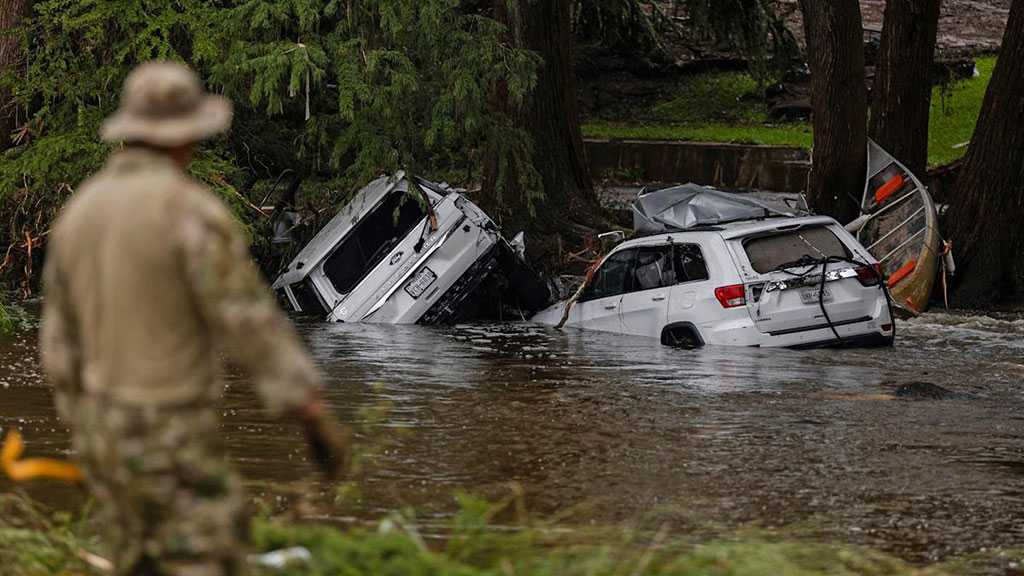Pentagon Accelerates Drone Push, Targets “Military Drone Dominance” by 2026

By Staff, Agencies
The Pentagon is fast-tracking a sweeping initiative to expand its arsenal of small drones, aiming to transform how US ground forces operate in future conflicts.
War Secretary Pete Hegseth has ordered a rapid overhaul of procurement and deployment practices to integrate thousands of low-cost, expendable drones into combat units, treating them as essential battlefield tools akin to ammunition.
“We must unleash US drone dominance,” Hegseth declared in a memo earlier this month, criticizing previous delays and red tape under the Biden administration.
The initiative focuses on drones under 55 pounds, including loitering munitions and one-way “kamikaze” systems, prioritizing deployment in Indo-Pacific combat units.
Key changes include:
- Streamlined procurement: Field officers like captains and colonels will have direct purchasing authority to speed up experimentation and adoption.
- Regulatory rollback: Internal rules that treated small drones like helicopters—requiring burdensome oversight—will be scrapped.
- Training reforms: New drone ranges will be built, training simplified, and restrictions on domestic drone operations loosened.
- Industrial boost: The Pentagon will prioritize US-made drones, in line with a recent executive order by President Donald Trump, and seek private-sector capital to expand production.
Experts say the memo builds on earlier efforts, particularly the Biden-era “Replicator” program launched in 2023 to rapidly field thousands of autonomous drones against threats like China.
The new plan focuses more narrowly on ground forces and short-range systems but could still serve Indo-Pacific allies such as Japan and Taiwan by offering trusted alternatives to Chinese-made drones.
“Attritable, autonomous drone capabilities are ready to scale now,” said Michael Horowitz, former deputy assistant defense secretary. But the initiative's success, analysts note, will depend heavily on sustained funding and industrial support.
While critics say the plan mostly expands preexisting efforts, it underscores a growing urgency inside the Pentagon: without faster adoption of modern drone capabilities, the US risks falling behind adversaries like China and losing the edge on tomorrow’s battlefield.
Comments
- Related News



